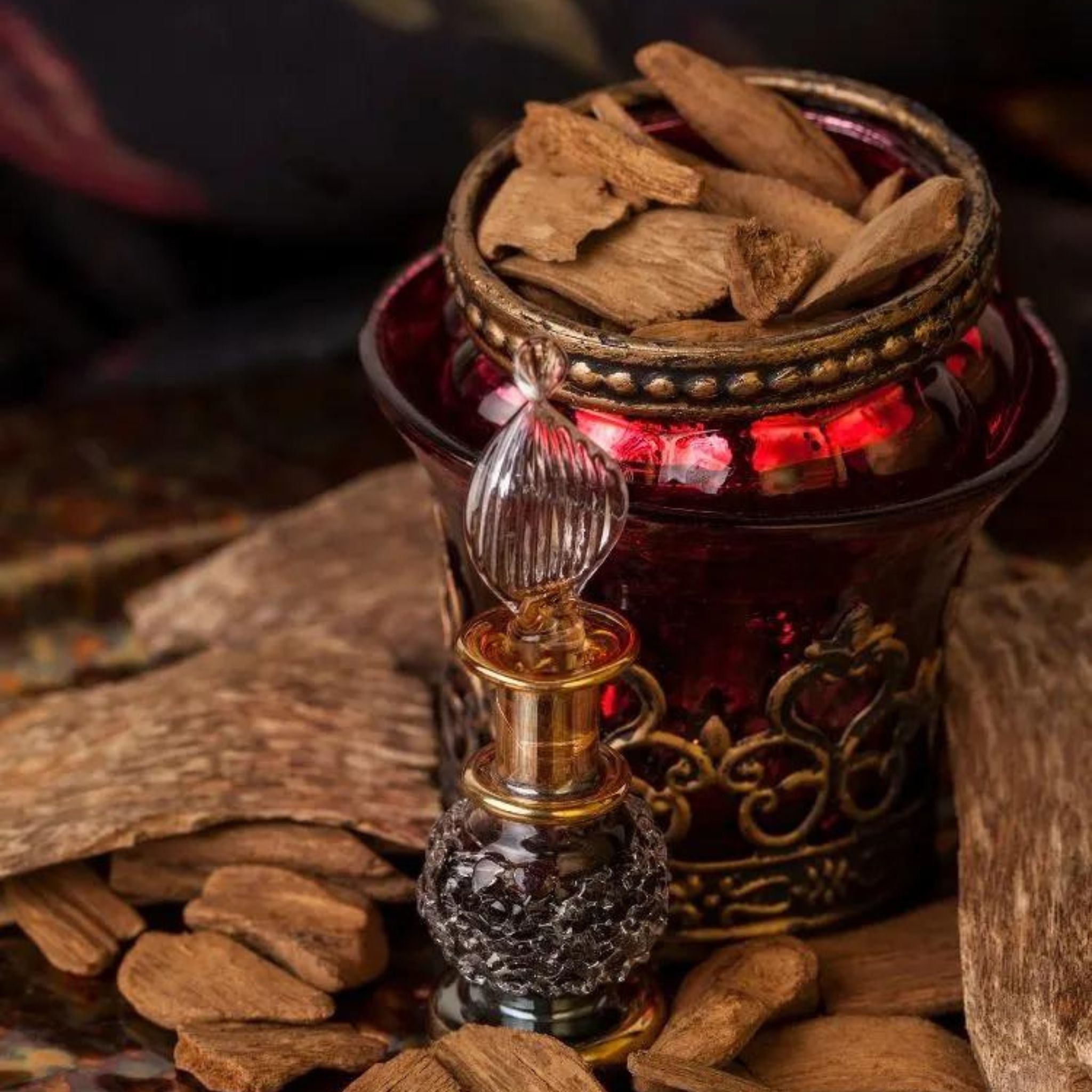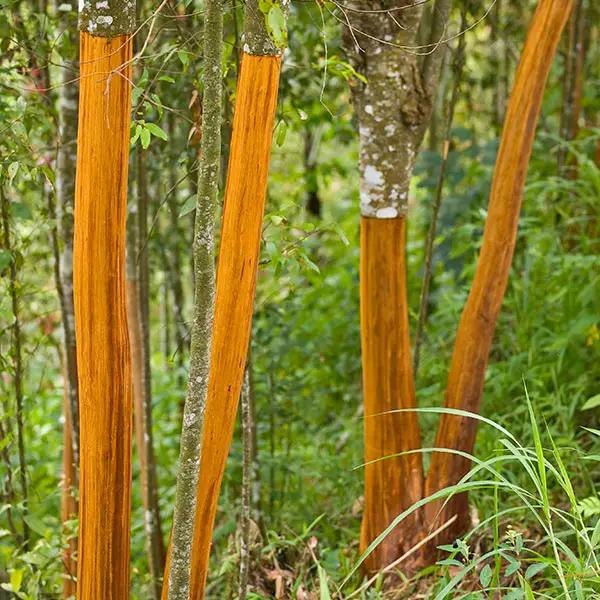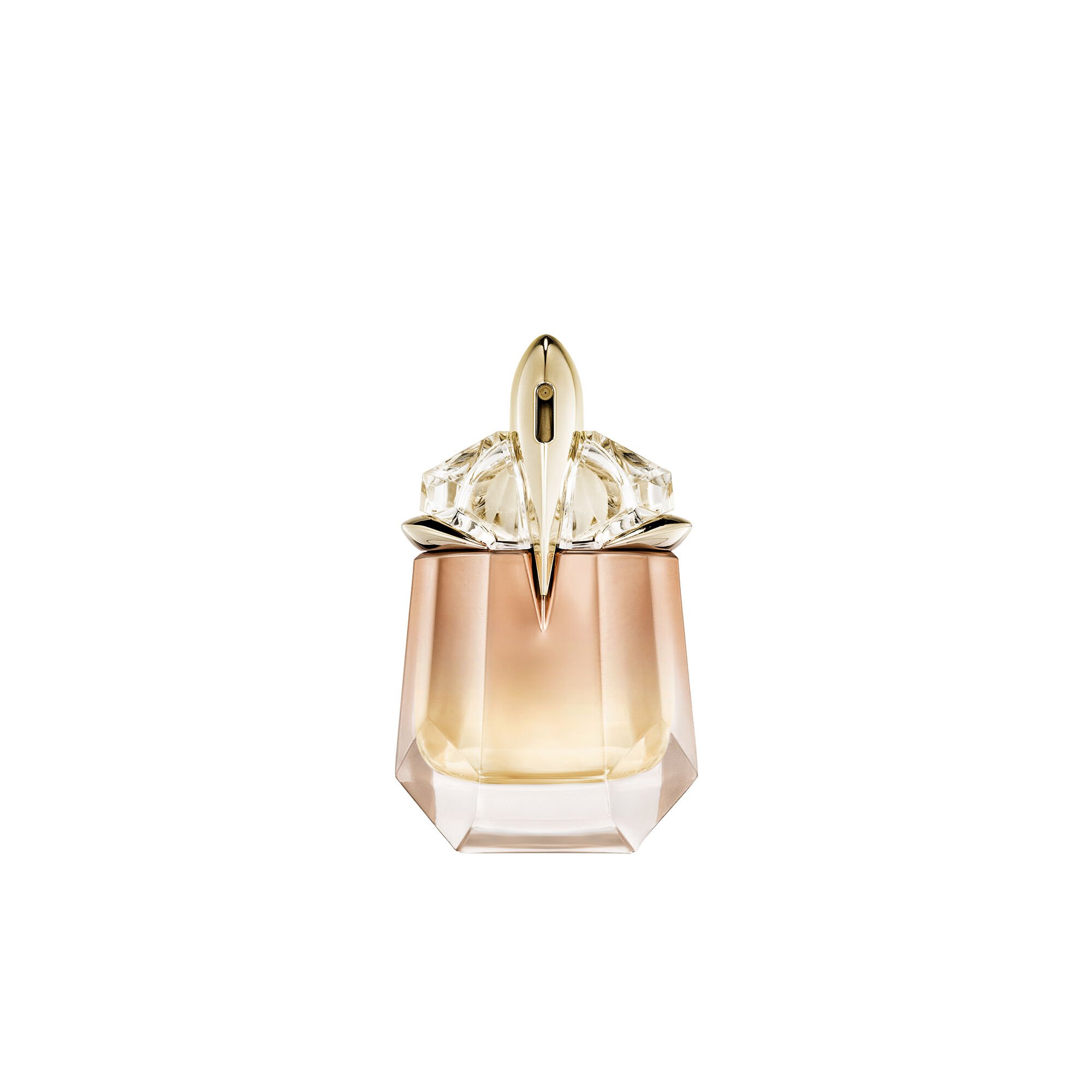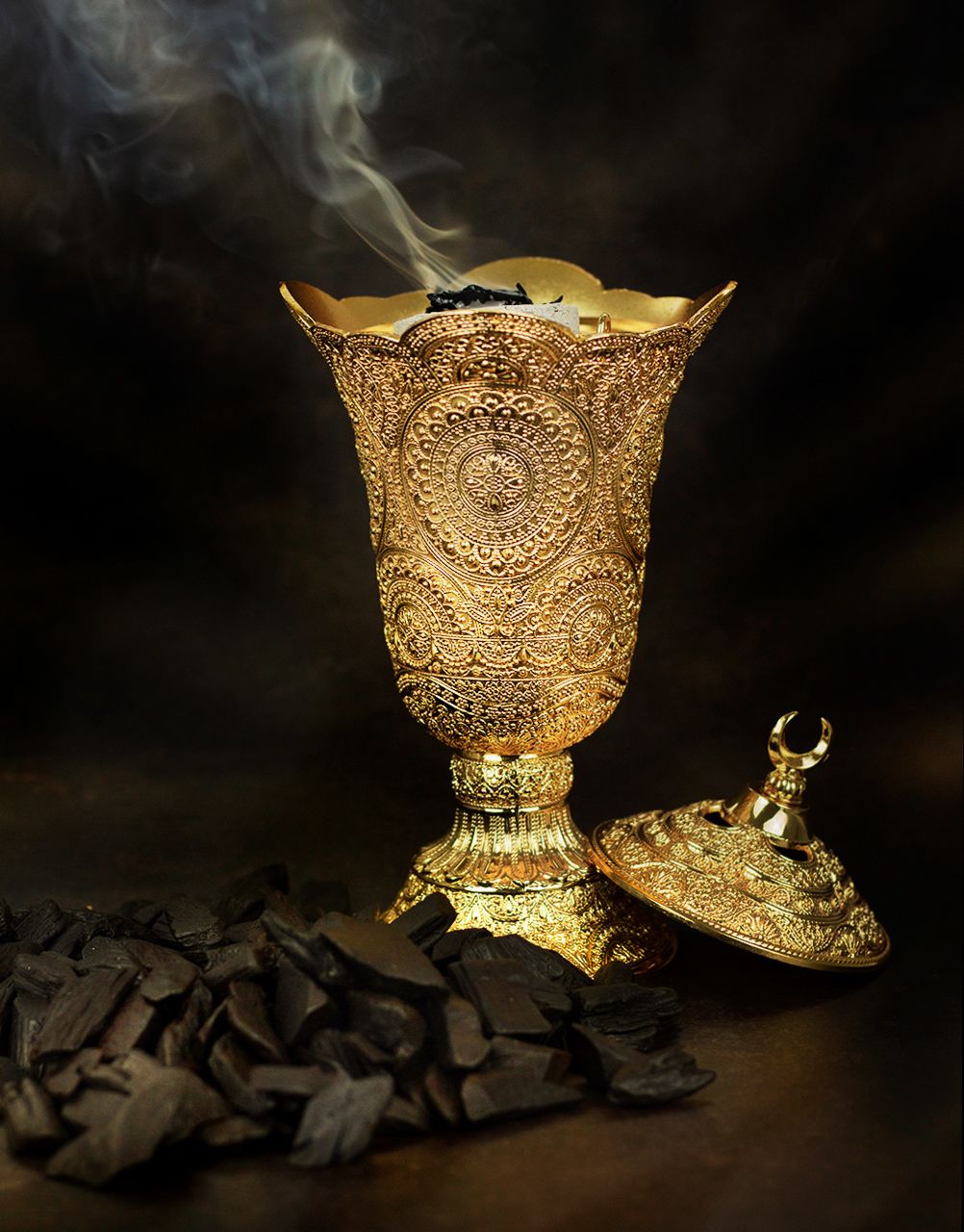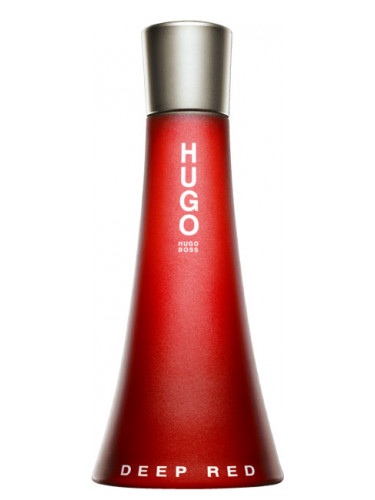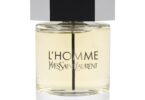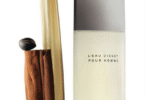Ah, myrrh. One of those words you’ve probably heard of, perhaps during a festive carol sing-along or in an ancient tale, but maybe never truly experienced. Myrrh oil, derived from the resin of the Commiphora species of trees, carries with it a scent that’s as old as time itself. So, how does it smell? Well, let’s dive into a sensory journey, blending science, history, and a touch of personal nostalgia.
The Basic Notes
Myrrh oil has a complex scent profile. At its base, it offers a deep, smoky aroma. There’s a certain earthiness to it, reminiscent of wood or damp soil after a summer rain. But, much like the human spirit, it’s not just one-dimensional. Overlapping that earthiness is a slightly sweet, almost amber-like scent. It’s somewhat medicinal, which makes sense given its ancient uses in traditional medicine.
Memories & Emotions
Describing a scent can be like trying to explain a color to someone who’s never seen it. The nuances often evoke personal memories and emotions. For me, myrrh takes me back to childhood, to a moment when I sneakily opened my grandmother’s old cedar chest. The blend of aged wood, old family photographs, and a hint of mothballs (don’t ask) is what myrrh reminds me of. For another, it might evoke feelings of reverence and spirituality, given its historical use in religious ceremonies.
Cultural Connections
Speaking of history, myrrh’s scent has deep cultural and temporal roots. It was a luxury in ancient Egypt, used in the embalming process and as incense. The aroma may, therefore, carry undertones of reverence, antiquity, and mystery for those aware of its storied past. It’s also interesting how, despite our modern world being filled with synthetic fragrances and digital experiences, this ancient aroma can still transport us back thousands of years in just one whiff.
The Layered Experience
What’s fascinating about myrrh is that its scent can change over time upon exposure to air, revealing various layers. Initially, there’s a fresh, almost pine-like quality. As it settles, the warmth and richness come through, revealing its balsamic and woody tones. Finally, as it fully dries down, what lingers is that sweet, smoky aroma that’s so characteristic of myrrh.
Final Thoughts
In a world filled with fleeting digital interactions and fast-paced living, taking a moment to appreciate something as timeless as the scent of myrrh can be grounding. Its aroma isn’t just a mere fragrance; it’s a tapestry of human history, nature, and personal memory. Whether you’re considering it for aromatherapy, personal use, or just out of sheer curiosity, understanding and experiencing myrrh is like holding a piece of ancient history in your hands, or in this case, your nostrils. Enjoy the journey!


